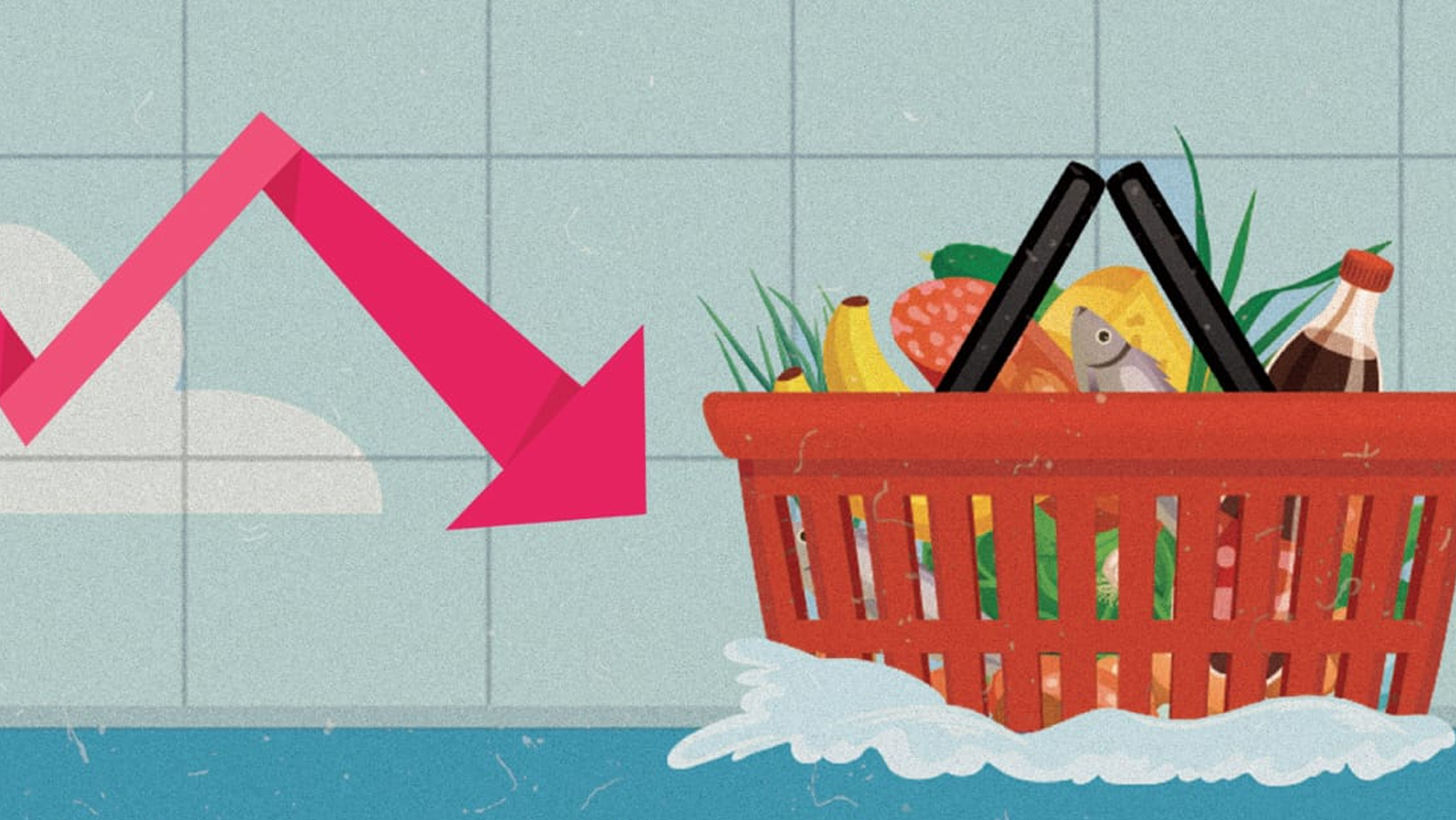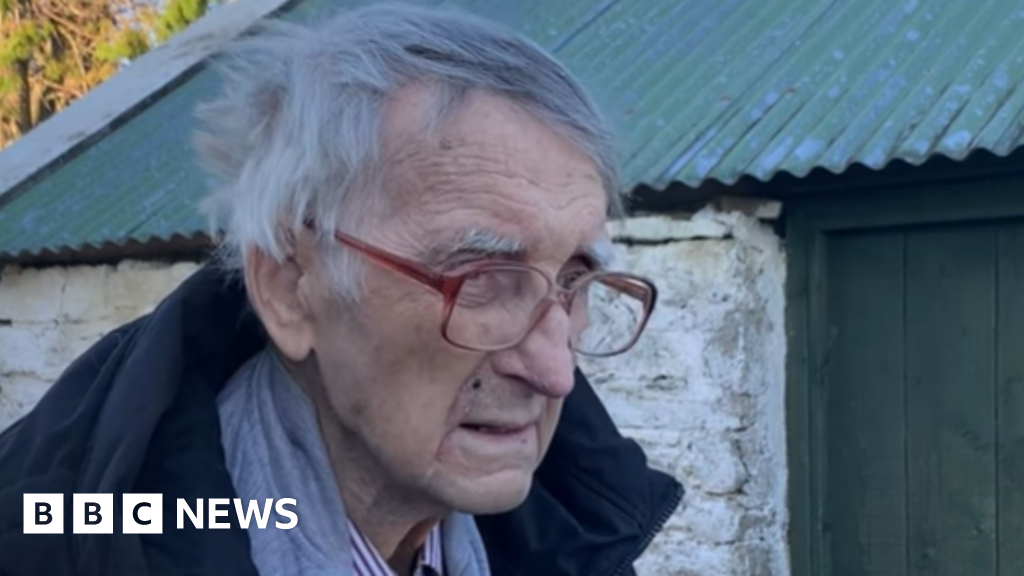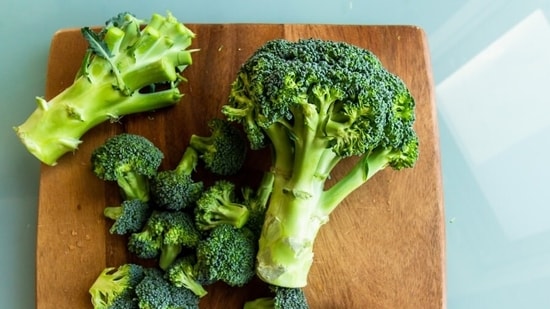PUBLISHED
September 06, 2025
ISLAMABAD:
Simultaneous flooding in one western and two eastern rivers has washed away standing cash crops in the agriculture heartland of Pakistan besides impacting lives and shelters of four million people so far in Punjab alone, muddying the nascent economic and price stability.
The disaster is unfolding and the magnitude is still unknown. Pakistan’s food security, which is now treated at par with the national security, is under serious threat. Where the ongoing floods have submerged vast lands in Punjab and are heading towards Sindh, they have also made the country’s macroeconomic outlook murkier.
The 2025 floods comparisons are drawn with the 2022 floods, which had inundated one-third of the country, and fears have taken over about what is going to happen to Pakistan’s nascent economic stability, the relative price stability and the external sector that had just posted its first current account surplus in a couple of decades.
There have always been concerns that the managed recovery on the fiscal and external fronts may not withstand any indigenous, exogenous shocks or a natural calamity. The nascent economic recovery, which began in June last year and has not yet completely rooted in, now faces its first test in the shape of the natural disaster that is inundating Punjab and Sindh.
The fiscal numbers agreed with the International Monetary Fund (IMF) in June, particularly the sacrosanct primary balance and provincial cash surpluses, have become irrelevant days before the global lender’s review mission is arriving in Islamabad. The external sector projections made three months ago, including the current account deficit, imports and exports, have become the story of the distant past.
Provincial and district authorities in Punjab have indicated significant destruction of houses and cropland. Livelihoods have been severely impacted with rice, sugarcane, maize, cotton and other crops submerged during peak harvest. Wheat sowing might be delayed and the prices have already started soaring during the past few days. Wheat flour is now one-fourth more expensive than a year ago.
The Pakistan Bureau of Statistics released its first weekly inflation bulletin on September 5th. The national data collecting agency reported a major increase in prices of tomatoes that jumped 46% within a week, followed by wheat flour 25.4% and onions 9%. During the week, out of 51 items, prices of 23 items increased.
More price shocks are also expected in coming weeks and the provincial government of Punjab had already issued instructions to control rates. This is an important step but may not be sufficient to provide relief to the people, given the magnitude of the still unfolding disaster.
Livestock losses are mounting, further undermining rural incomes. Many affected families are small farmers whose houses and fields are now underwater. Floods have severely affected housing, livelihoods, and assets across Punjab, Pakistan’s agricultural heartland.
The Pakistan Business Forum (PBF) has called for the immediate declaration of an agricultural emergency. In a letter addressed to Prime Minister Shehbaz Sharif, the forum said preliminary assessments indicated the loss of approximately 60% of the rice crop, 35% of cotton, and 30% of sugarcane in central and southern Punjab.
These losses will increase further once the flood waters reach Sindh. This would hurt export of rice and necessitate further imports of cotton and sugar.
The Pakistan Business Forum has sought immediate relief measures, including the provision of interest-free loans of up to Rs2 million for small and medium-sized farmers to support replantation and recovery efforts. It also called for the launch of critical canal infrastructure projects in Punjab and Sindh to improve water management and resilience against future flooding.
Punjab, which was the least affected province in the 2022 floods with only $1.1 billion damages out of the $15.8 billion, is this time the hardest hit federating unit.
Khyber Pakhtunkhwa has already witnessed mass scale destruction and Sindh is anxiously watching the situation developing in Punjab and will soon be at its doors with constant increase in flow of waters due to rains and waters flowing from India.
What we know so far is that Punjab saw the worst monsoon flooding after 1988 due to exceptionally high floods in the Sutlej, Chenab, and Ravi rivers. It is said to be for the first time that all three major rivers have reached high flooding levels simultaneously.
According to the provincial disaster management authority, nearly 4,000 villages have been inundated, affecting over 4 million people across the province. As many as 1.8 million people have already been evacuated after their homes were submerged in waters. One million animals have also been evacuated, which is a large number.
The government was betting this year’s economic growth on the revival of the agriculture and industrial sectors but the outcomes of the past few weeks indicate that at least there would be hardly any growth in the agriculture sector. The floods would also impact the timely sowing of wheat crop and its implications could be felt across the provinces as Punjab produces three-fourth of the total wheat.
One of the obvious outcomes of the natural disasters in Pakistan had been the appeals for foreign loans and aids. But the past experiences suggest that neither the foreign creditors are generous anymore nor the federal and the provincial governments had the ability to effectively utilize these loans. Pakistan’s Finance Minister recently candidly admitted that the governments could not give investable projects to the lenders for utilizing the $11 billion commitments to cope with the 2022 floods.
The details showed that the World Bank pledged $2.2 billion and has so far disbursed $1.6 billion. The Asian Development Bank committed $1.6 billion but has so far released $513 million. Likewise, China and the Asian Infrastructure Investment Bank (AIIB) pledged $1.1 billion but so far gave only $250 million in the absence of any credible financing projects.
The Islamic Development Bank promised to give $600 million but released $231 million. Paris Club countries pledged nearly $800 million but released $139 million. The United States promised to give $100 million and gave $70 million.
The government should not waste time in making appeals and waiting for the loans to materialize. People of Punjab are in desperate need of urgent economic assistance, which the provincial government can provide due to its better fiscal position compared to the Centre.
However, the country has not learnt its lessons from the 2022 flooding and there are apprehensions that in the absence of enabling policies and institutional arrangements for rehabilitation and reconstruction, the recovery process will be slow and painful. The delay in reconstruction and rehabilitation would increase the economic cost too.
The federal and provincial governments need to devise a joint strategy to deal with the issue, as the quantum of damages suggests that the recovery would cost a lot of resources.
The IMF team is reaching Islamabad in the third week of September for assess the nation’s progress on implementation of 50 loan conditions and the future economic path before releasing the next loan tranche of $1 billion.
The government may have to reopen the macroeconomic targets of primary budget surplus, provincial cash surpluses and Net International Reserves. Pakistan had set aside about Rs400 billion for contingency spending in the budget but the money had started depleting even before the floods had hit. The emergency pool has been exhausted in recent weeks to meet other expenditures where there were no allocations, including for paying subsidies to banks and for remittance schemes.
People are seeking immediate relief and rehabilitation. The provincial governments are trying to meet their expectations. But if the past is the guide, the bureaucracy gives preference to numbers over souls.
The Prime Minister of Pakistan should soon chalk out a strategy to rehabilitate millions of peoples whose lives and livelihoods are being washed away. However, the floods should not be used as an excuse to delay some of the structural reforms, which remain pending since long and are often ignored under various pretexts.
The farming community immediately needs a waiver in payment of electricity bills and grants for rehabilitating the lost agriculture infrastructure. The government may like to declare an agricultural emergency and it should also take up the issue of deferring the imposition of agriculture income tax for a couple of years during the upcoming review talks with the IMF.

















